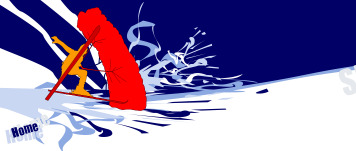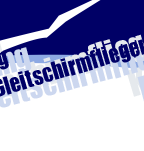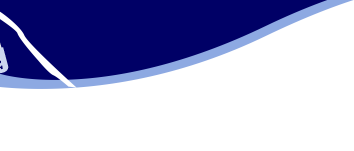SKISAILING, KITESAILING, PARAGLIDING.
50 YEARS OF DEVELOPMENT.
Flying has filled me with enthusiam since my early childhood. As a boy I often browsed the Brockhaus where Lilienthal's flying devices fascinated me the most. On the steep meadow slope behind our house in Berchtesgarden I wanted to try flights like those myself. Unfortunately, there was no suitable construction material in the postwear years. To build a flight apparatus I thus
collected wooden strips and fabric. Skiing, sailing and flying were my favorite hobbies. I practised all three types of sports intensely: Skiing and ski trips in the mountains, sailing on windsurfing boards, jollyboats and yachts, flying in
gliders and with kites. My dream was to combine all of this and do it at the same time.
Over the course of 25 years I actually succeeded in developing a piece of sport equipment which allows sailing and flying uphill on skies – the so-called SKYWING. Since 1960 my brother Udo has been helping me a lot. He worked for NASA in California at the time. Our developments initially led from the UPHILL RACER to KITE SAILING, later on to PARAGLIDING – both rapidly growing types of sport in the 90s. However, the KITE SAILING boom only set in after PARAGLIDING had been known for a long time – and my patents had already expired.
Frequently I am asked how I came up with the idea to go uphill with a parachute and how the development towards flying came to pass. Publications on the history of paragliding and kitesailing often contain factual errors, e.g. those in the latest books on the subject. So I have been asked by my friends to amend and correct what has been written. With today's variety of books and magazines it is a difficult task to get in touch with all the publishing houses and authors, though. For that reason we decided to create a website containing the most important information from print media, radio
and television and an archive of our own.
In the 60s, after spending one year in the United States, I developed the Skisail which subsequently became the Uphill Racer and the Kitesail. Further development into flight gear in the 70s proved difficult. Due to high expenses I needed material support from professional companies. In order to get it, I needed to apply for patents. Inspite of many difficulties, I managed to register five of them.
Deutsches Museum, September 2005:
Presentation of the prototype of the „Skywing 11“
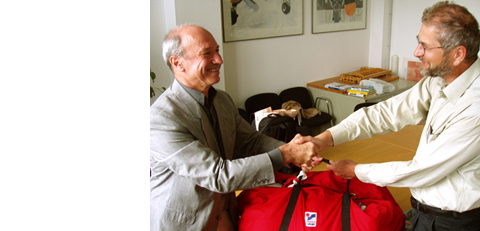
The period of developing and testing was extremly exciting since every little progress spurred us to continue. On the other hand, there were once again many difficulties, dangerous situations and frustrating setbacks which were made up for by accomplishments. For instance, my friend and test pilot Andrea Kuhn won the first prize for slowest descent at the COUPE DE SALEVE in Geneva at the beginning of the boom in 1985.
Today I feel deep satisfaction when I see a mountain sky full of colorful paraglides. Howexhilarating was a flight of just a few hundred meters in the beginning! How enthused is an individual now after hours and hours of thermal flight with a paraglide. When we went Kitesurfing in the 70s we already did 10m jumps on a lake or at sea. How happy are the pros today who dosomersaults and acrobatics while they are at it! It fills me with great joy that I have been able to pass on the excitement I felt during the first tests to so many young people and also to those young at heart.
My dream has become true – I have reached my goal: With the SKYWING, I am able to sail on snow and glaciers in all directions like a boat, to go uphill, to take off and fly, to touch down and go uphill again or to fly non-stop. In practice, those types of sport have separated. The Kite (just like the UPHILLRACER) is used for sailing, surfing and doing jumps on water, on the beach or on a meadow, the paraglide (like the SKYWING) is used for flying only. Using my specially designed skywing steering rod, every paraglide can also be used for sailing, though.
When selecting the available archive material for this website it was important to me to illustrate the fundamental stages in the development of our paraglide. This was possible by using the reports, the specialist literature, the fotos and the film material up-to-date at the time and by giving a description of the experiments. The prototype of the first Skywing was presented to Swiss
Kitefyling pioneer Didier Favre for the Swiss Museum of Kites and paraglides in Verbier. The German Museum of Aviation depicts our part in the development of the paraglide, too.
![]() Udo Strasilla
Udo Strasilla
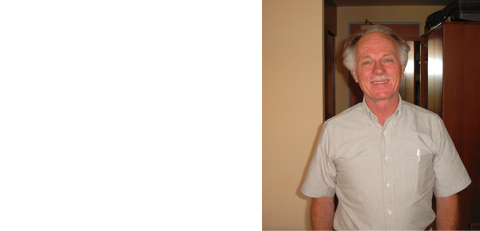
I would like to thank everybody who has helped me do this, above all Karin Greisner for art direction and implementation as well as my sons Bernhard and Christoph for computer consulting and helpful criticism.
